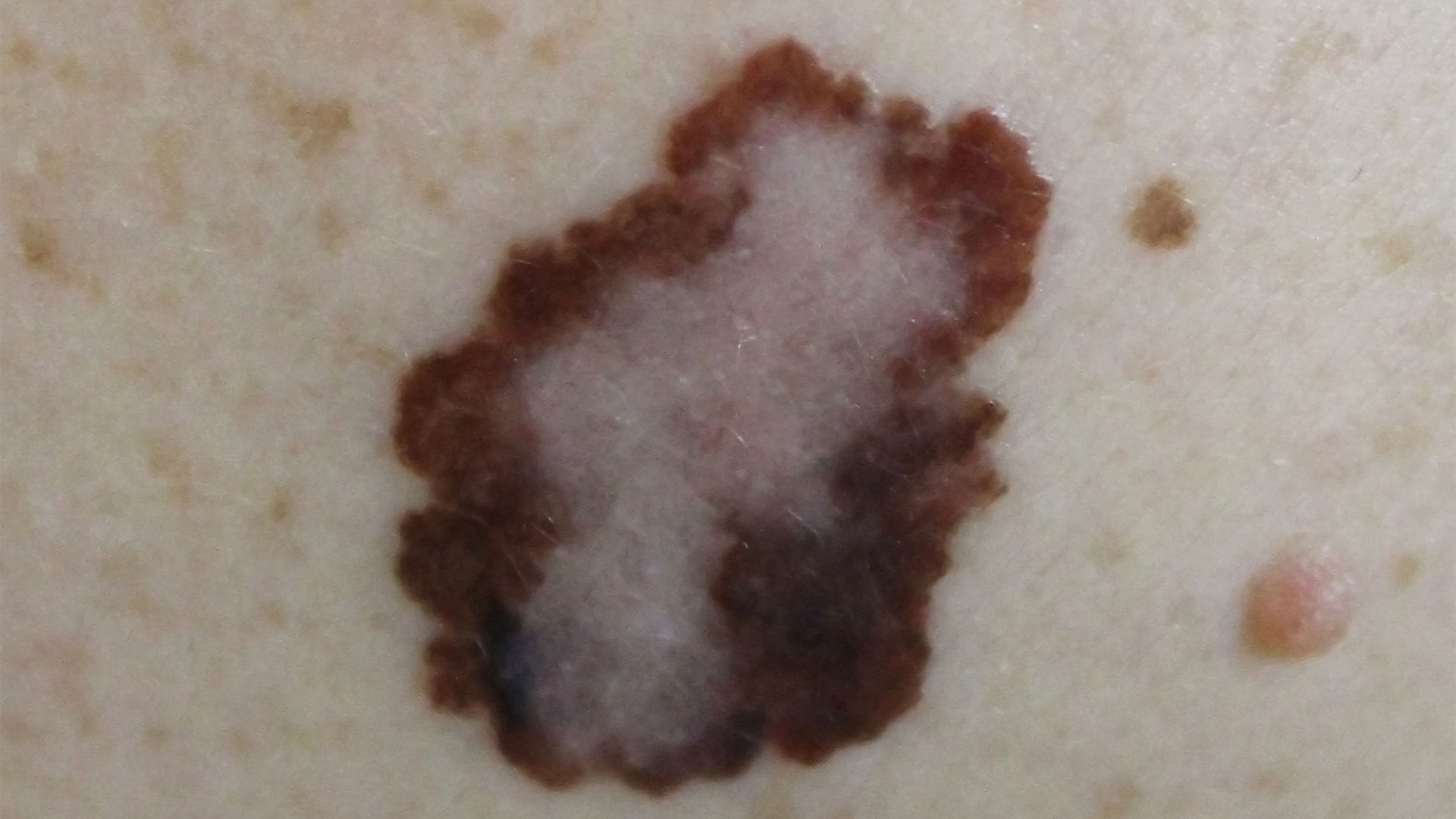Melanoma
SkinCare in Wellesley, MA
Skin cancer is serious, but it is also very treatable, especially when discovered early. Dr. Rashel Goodkin is an expert dermatologist who has trained with top institutions including Harvard Medical school and University of Massachusetts, and understands how to detect, diagnose, and treat melanoma. Patients in Boston who are concerned about a mole or other signs of melanoma should schedule an appointment with Dr. Goodkin as soon as possible.
Quick Links
What is Melanoma?
Melanoma is a type of skin cancer that is one of the most serious but also less common. Melanoma affects melanocytes, or the type of skin cells that produce pigment and are found in the upper layers of the skin. While dangerous to your health, melanoma is very treatable when detected early, which is why routine skin checks are important, especially if you have increased risk factors.
There are four main types of melanoma:
- Superficial spreading melanoma, which is the most common and usually appears as an irregular mole or lesion
- Lentigo maligna, which tends to develop in older patients and is overall similar to superficial spreading melanoma at early stages
- Acral lentiginous melanoma, which is most common among people of color and may be difficult to detect
- Nodular melanoma, which accounts for just 10-15% of all cases and develops as a deep-growing tumor
What Causes Melanoma?
Melanoma develops when damage occurs to melanocyte cells, causing them to grow out of control. Environmental damage to cells from UV radiation exposure can lead to increased risk of melanoma, especially if a patient has had excess sun exposure (including multiple sunburns or sunburns with blisters) or used tanning beds through their life. However, genetic risk factors for melanoma are also possible. These increased risk factors include having fair skin, a weakened immune system, many moles, abnormal looking moles, or family history of melanoma. If you fall into these categories, you should be sure to perform regular self-examinations of your skin.
Symptoms of Melanoma
Melanoma is usually first noticeable as a mole that changes in appearance or a new mole that looks different from the other moles that are present. Patients who notice the following in a mole should schedule an appointment with Dr. Goodkin for a professional examination:
- Asymmetrical shape
- Irregular border
- Changes in color
- Diameter larger than ¼ inch
- Changing shape, color, or size
- A mole that itches or bleeds without trauma
Melanoma can also be found in areas like the soles of the feet, palms of the hands, or under the nails. This is especially true for people with darker skin, including people of color. These patients should take extra care to check these areas for signs of skin cancer.
Melanoma Treatment
If you have a mole or a pot that appears to show signs of melanoma, Dr. Goodkin will perform a physical examination of the area and remove a sample of the tissue for testing. This can be done through an excision, using a scalpel to remove the entire spot, a shave biopsy in which the mole is scooped off the skin, or a punch biopsy, using a circular blade. These incisions are made after the skin is numbed, so you’ll be comfortable through the procedure.
Early stage melanoma treatment simply involves removing the melanoma through a simple surgery. More advanced melanoma may require some medication, radiation, or chemotherapy. Dr. Goodkin will evaluate your symptoms and recommend the appropriate treatment plan.
Schedule an Appointment
If you suspect you may have skin cancer, schedule an appointment with Dr. Goodkin. Call our office at 781.227.7977 or request an appointment online.
